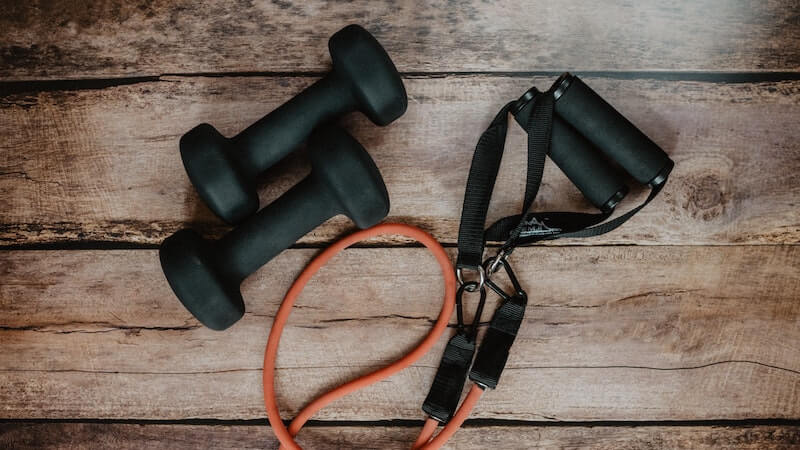A Radical New Workout Paradigm
Episode #1 of the course Hack your workout: A self-paced system for core muscle and posture strength by John Robin
Welcome to our course on how to build a self-paced, maintainable workout based on core and posture strength. Whether you are seasoned in weightlifting and sport or a complete beginner, this course will likely change your understanding of what it means to exercise.
My name is John Robin. I’m an author and an entrepreneur. I especially enjoy writing educational nonfiction. I’ve now written 14 Highbrow courses about writing, math, science, productivity, health, and wellness, with my most recent one on journaling, “A Daily Journal Practice to Become a Better Person Every Day.”
If you’ve taken any of my previous courses, you’ll know I lead a disciplined, routine-filled life. What you might not know is that part of this life includes a regimen of strength training, stretching, and aerobic exercise.
This workout is tailored to someone like me: too busy to fit in regular workout sessions at the gym.
This workout is a radical shift in the paradigm that most people have about how to exercise. It’s also quite teachable, which is why I’m turning to it now as the topic of my next Highbrow course.
Changing How You Think about Exercise
When you think about a workout routine, you probably think about three things:
• going to a gym
• finding time for workout sessions in the week
• getting in a 40-60-minute workout each time
All three of these assumptions can make exercise seem daunting.
The workout I’m going to teach you will radically change each of these assumptions.
You’ll learn that:
• A gym is optional and home is preferable.
• You can workout at any time, at a pace that fits around your lifestyle.
• You can tackle your workout by the set, rather than by the session.
Let’s look at each of these points in detail:
Going to a gym is not necessary. Going to a gym adds transportation time. It also requires more coordination. This takes up mental energy that you could instead put into psyching yourself up for your next set.
Going to a gym can be motivating, but with the type of workout that you’re going to learn about in the coming lessons, you’ll soon see that it’s unnecessary. The equipment you need is minimal and can fit somewhere in your home or garage.
We will see on Day 3 of the course how exactly to do this.
Finding time for workout sessions in the week is a hassle you don’t need. Most exercise programs recommend that you commit to a certain number of workout sessions per week, but this makes working out harder. If you have a busy week or miss a workout, you lose a great deal of momentum.
We can eliminate that problem by replacing the week with something much better: the microcycle.
Unlike the week, which repeats every seven days, the microcycle begins on a certain day, then finishes when you complete all your workout items. The number of days will vary, based on how long you take to complete your workout, but it will typically be seven to eleven days.
We will be spending tomorrow’s lesson talking about it as we lay out the basic workout sheet.
Getting in 40-60 minutes each workout is too long to be practical. Thinking about working out all in one large batch of time, with back-to-back sets, is what drives most people to exhaustion. It leads you to dread your next workout because you will see it as being too difficult. You’re more likely to put it off.
Instead of thinking about your workout in units of 40-60-minute workouts, you’ll learn to think about it in the 1-2-minute sets that add up as you work through the exercises on your microcycle sheet.
On any given day, you might get in one to five sets or more if you want, but the microcycle allows you to pace yourself by the most fundamental unit of a workout—the set —so you can always be thinking about the small one- to two-minute push of energy you have to put in next. This is much more attainable than a non-negotiable 40-60-minute workout.
We will also talk about this tomorrow!
Ambition vs Good Health
If you want to be an athlete or enter a competition, then having ambition when you start working out is great.
If you just want to get healthier and feel better, then ambition can make you push more than you need to. It can lead to injury or overwhelm that makes you eventually give it up.
I’m going to assume for the remainder of this course that you’re like me and want to work out to get healthier and feel great from the benefits of fitness. We’re on a slow, steady journey to improve our fitness a little bit each week, for the rest of our lives.
This means taking it easy and focusing on, above all, sustainability.
I hope you’re excited to dig in, now that we’ve laid down the foundation for this new paradigm. Tomorrow, we’ll take a tour of the actual workout itself.
Recommended book
Share with friends

